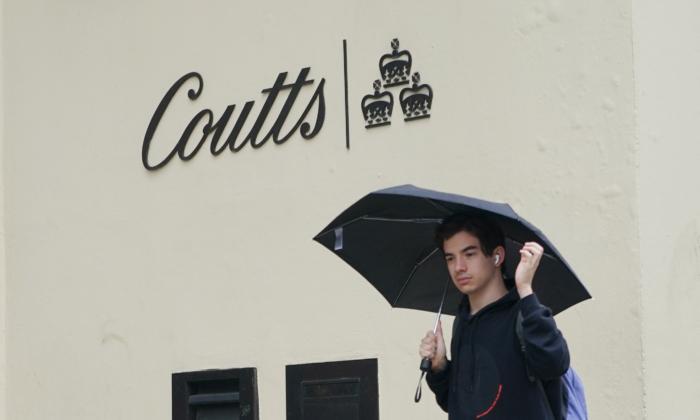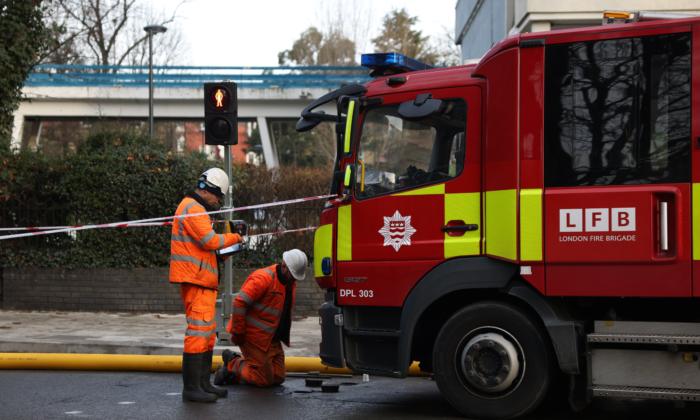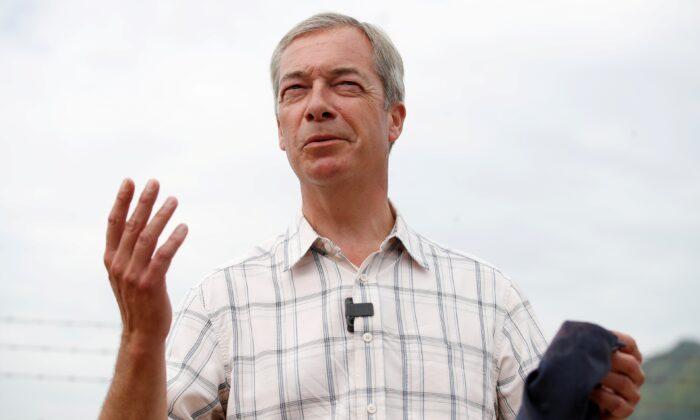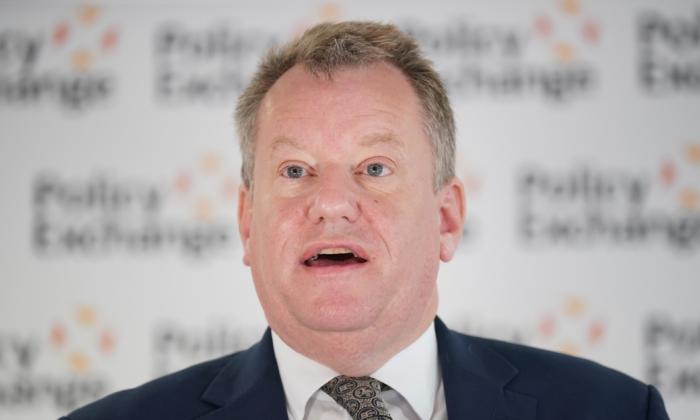The chief of London’s Metropolitan Police force has outlined sweeping plans for reform following a damning report on policing in the British capital.
Sir Mark Rowley, who became Met commissioner in September last year, said on Tuesday that the force “must change.”
But he added that the force already has “a practical plan for turning things around,” during a speech at the Institute of Engineering and Technology in Westminster, central London.
It comes after a damning review of disciplinary procedures by Baroness Casey found officers and staff were getting away with misconduct and breaking the law.
Rowley said he has been building a plan over the last four months with a draft version set to be published in the “next few days.” The Met will then receive feedback from communities, partners, and stakeholders before a further version is published ahead of the new financial year in April, he said.
Mayor of London Sadiq Khan has welcomed the plan. He wrote on Twitter: “I welcome the plan announced by the reforming Commissioner Sir Mark Rowley this evening to raise standards and rebuild the trust and confidence of all of London’s diverse communities in our police services.
“Sir Mark is right—the Met must change for our communities and for our officers and for our staff who serve them. I am committed to holding @MetPoliceUK to account as we work together to build a safer city for all Londoners.”

‘Unacceptable Behaviour’
Casey, a former Victims’ Commissioner, was commissioned by the former Met Commissioner Dame Cressida Dick to conduct the review in the wake of the murder of Sarah Everard by a serving police officer, Wayne Couzens, who it later emerged had been sharing inappropriate sexual messages on a WhatsApp group, called Bottles and Stoppers, with other police officers.Dick resigned in February 2022 after losing the confidence of the London mayor following a series of scandals, including discriminatory messages exchanged by officers based at Charing Cross police station, and allegations of sexual misconduct against officers.
In her interim report, which was published in October, Casey said, “We heard many examples of unacceptable behaviour going unchecked for long periods, including cases where officers had lied on their vetting, failed their exams, and been involved in misconduct issues and were still not being removed.”
Casey found such misconduct had been brushed under the carpet by the Met under Rowley’s predecessors.
‘First Steps’
In his speech on Tuesday, Rowley outlined some details of the working reform plan, including building a data-led list of tens of thousands of violent predators and strengthening neighbourhood policing.He said: “Today is about solutions and plans. We must change for our communities, and for our officers and staff who serve them,” adding that “a diagnosis of systemic failings has been laid bare.”
“We are taking our first steps on a journey of reform in the Met,” he later said.
“We have a practical plan for turning things around. We have tens of thousands of hard-working men and women who I know will ensure the Met delivers more trust, less crime, and high standards.”
The Met chief told the audience that under his watch, the police force has already begun the first steps to bring about change, including arresting more than 2,500 of the city’s key offenders, announcing an “Anti-Corruption and Abuse Command” and hotline, and arresting more than 130 people for drugs trafficking offences.
Stop and Search
The Met chief renewed his defence of stop and search, a controversial police tactic.In his speech, Rowley acknowledged that the Met “gets a lot of scrutiny over stop and search,” with critics claiming that most of the searches intercept no drugs or weapons.
But he said: “We have countless examples of offenders being discovered to have dangerous weapons, tools for burglary, or drugs on their person that have been uncovered by my officers being in the right place at the right time.”
He also cited a forthcoming global review of evidence for the Oxford Journal of Policing as showing that “stop and search in weapons crime hot spots can cut attempted murders in those small areas by 50 percent or more.”
“Our challenge is to create better data to know the precise boundaries of these areas, so we can minimise proactive stops where they are not needed,” he added.





